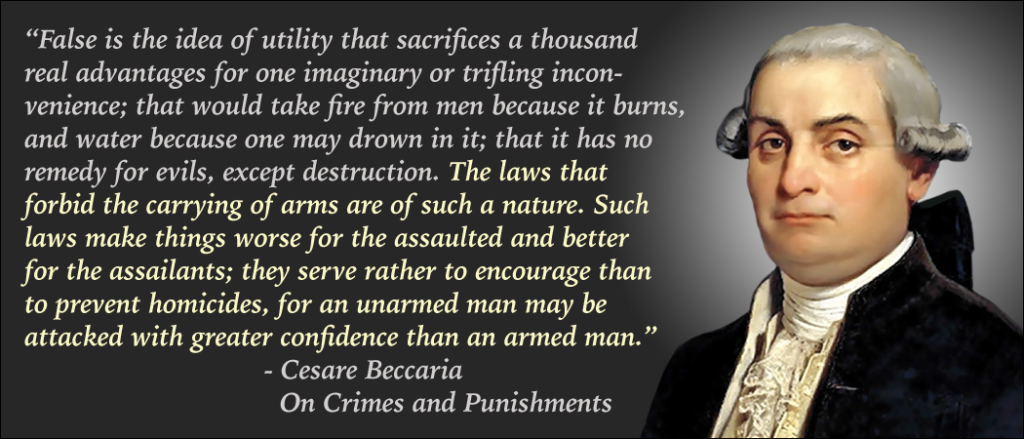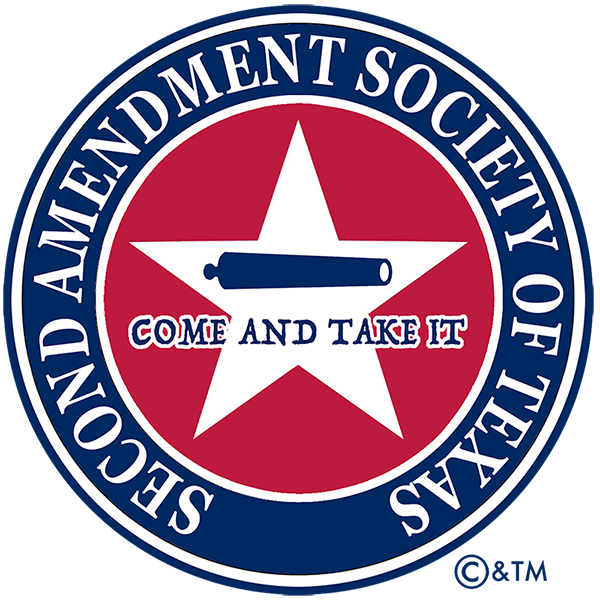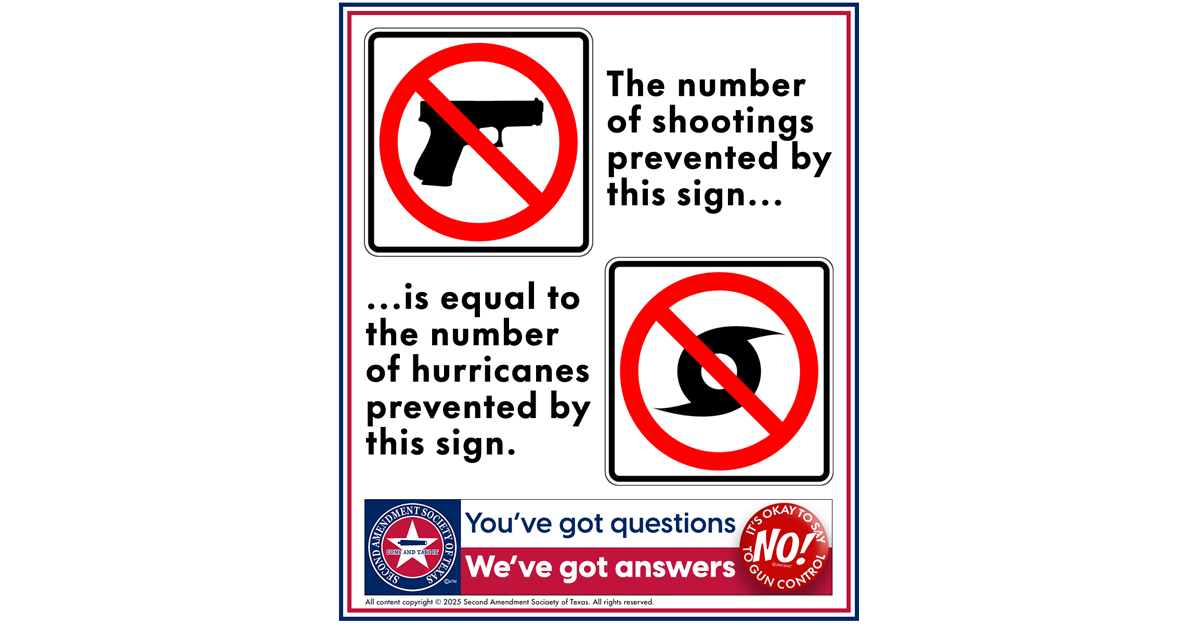“Sensitive places” is the new name for gun-free zones, courtesy of the U.S. Supreme Court. In his majority opinion in District of Columbia v. Heller, the late Justice Antonin Scalia wrote: “Although we do not undertake an exhaustive historical analysis today of the full scope of the Second Amendment, nothing in our opinion should be taken to cast doubt on longstanding prohibitions on the possession of firearms by felons and the mentally ill, or laws forbidding the carrying of firearms in sensitive places such as schools and government buildings, or laws imposing conditions and qualifications on the commercial sale of arms.”
There are lots of problems with this passage; today, the topic is those “sensitive places” and the mischief anti-gun legislatures are creating.
While Scalia mentioned only schools and government buildings, he added a footnote saying: “We identify these presumptively lawful regulatory measures only as examples; our list does not purport to be exhaustive.”
In addition to the designation of schools as gun-free zones, states had already added courtrooms, jails and prisons, certain health care facilities, polling places, amusement parks, and athletic playing fields and stadiums. However, after the 2022 Supreme Court decision in New York State Rifle and Pistol Association v. Bruen upheld Heller, anti-gun states like New York went crazy, adding as many new gun-free zones as possible, including Times Square. California concealed carry permits became nearly worthless.
Unfortunately for the citizens of these states, this mania is all about preserving government power, not providing public safety. Because gun-free zones are a really bad joke, especially when it comes to mass shootings and school shootings.
In 1764, Cesare Beccaria wrote On Crimes and Punishment, the source of the quote below.

Gun-free zones – and gun-free zone signs – influence only those who have no intent to commit harm. Even if the penalties for violation are severe, they never impact criminals and they never stop would-be mass shooters: The criminals either don’t think they’ll be caught or aren’t afraid of the criminal justice system; the mass shooters don’t care. Some politicians, and all gun-control fans, haven’t figured out the majority of mass shooters are committed to their violence, often taking as much as a year or more to plan their attacks.
Those with a passion for prohibitions forget that laws don’t prevent crimes or violence. They only provide retribution for violations. As the old saying goes: “Locks are for honest people.”
The tacit agreement governing every gun-free zone is a citizen can be unconcerned about surrendering defensive weapons because the government has assumed responsibility for their safety, normally by having armed government employees present. Bailiffs in courtrooms, law enforcement officers in secure areas of airports, deputies at polling places, etc. Some states have required all schools to to have some sort of armed intervention available, although compliance can be difficult due to budgetary concerns, This is a big reason some states allow armed teachers and staff instead of demanding a designated sworn law enforcement officer on every campus.
Gun-free zones are attractive because they are cheap: The main direct cost is most likely the signage. This is because the tacit agreement we mentioned in the last paragraph doesn’t really obligate the government to do anything. Sovereign immunity virtually guarantees no risks if the government drops the ball on their part.
n the final analysis, gun-free zones are just another way to keep Americans disarmed and defenseless whenever possible, which is apparently the whole point. They also have the benefit of being cheap, politically expedient, and virtually liability-proof..

